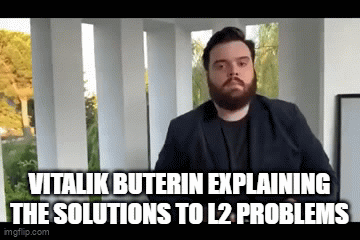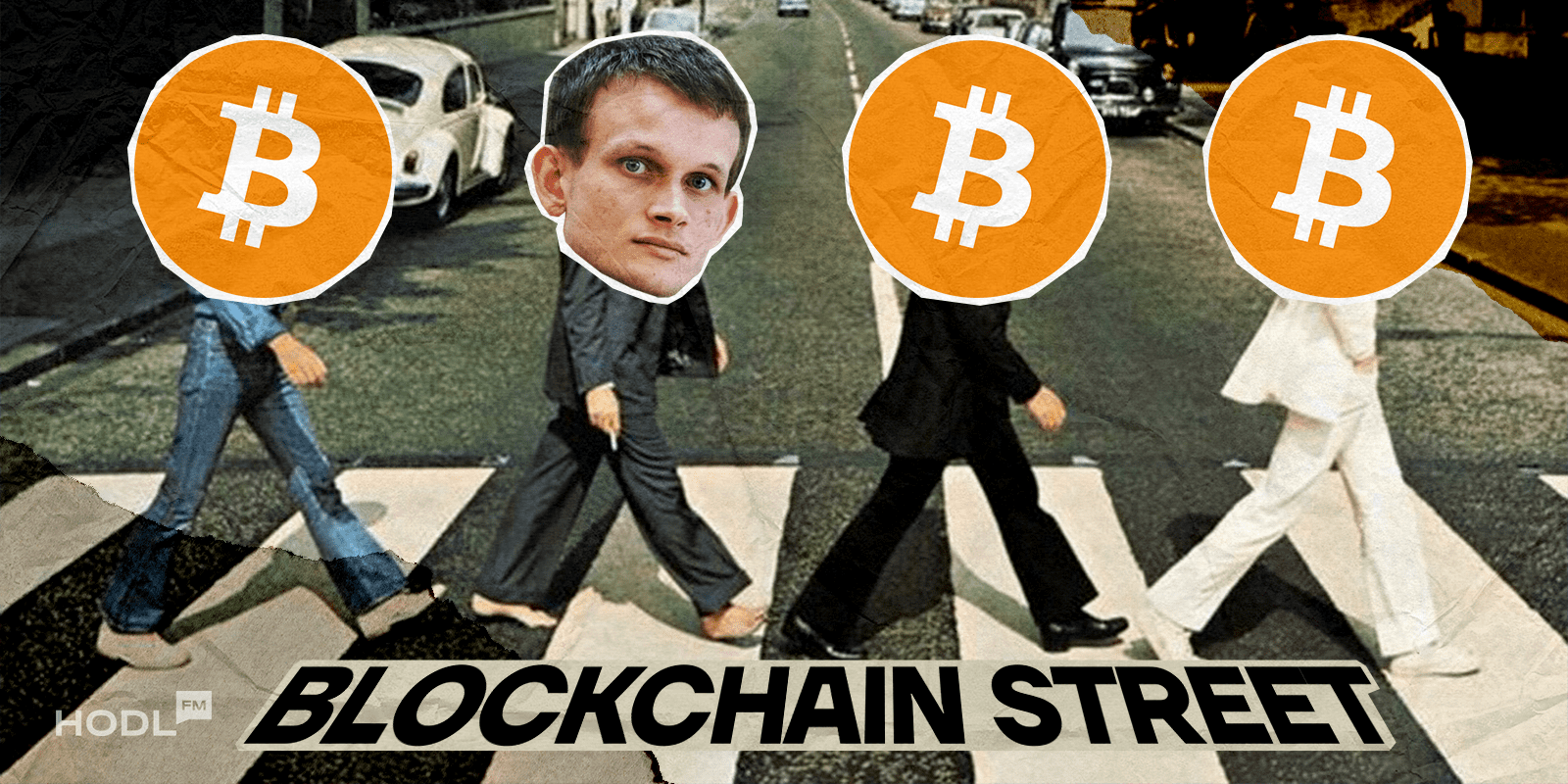Crypto is a great way to trade; it’s fast, secure, and efficient. It’s a lot of things, like a Swiss Army knife of currencies, but one thing is that crypto is not perfect. Despite how useful crypto has become over the years, it is still not without its flaws.
One aspect of Crypto that is still showing some flaws is Layer 2 networks, and Galaxy Research has pointed to one more possible flaw.
More: Buterin Wants Everyday People to Become Validators. Yay or Nay?
The research team has suggested that most Bitcoin layer-2 scaling networks may not be very sustainable in the long term.
But out of all the scaling networks, Galaxy Research has pointed at Rollups as the one to watch out for. Rollups are quite popular because of their potential as a method to keep Bitcoin payments cheap, fast and decentralized, yet Galaxy Research is not fooled by them.
Gabe Parker, an analyst at Galaxy, explained that Bitcoin rollups can only thrive if they generate substantial revenue from transaction fees on their own networks.
My new report exploring Rollups using Bitcoin L1 as a DA layer.
— Gabe 博仁 Parker (@hiroto_btc) August 2, 2024
Does it make sense? Let’s find out 🧵 pic.twitter.com/TYK2WOeexK
Rollups work by compressing a large number of transactions into a single batch and then posting a summary of the batch back to the main blockchain. However, Bitcoin blocks only have a 4-megabyte capacity, and posting data to Bitcoin consumes a lot of data. Each data posting can consume up to 400 kilobytes of block space, which is already 10% of a block.
The dilemma now occurs as multiple rollups post their data every six to eight blocks. This could cause base-layer fees to surge, and that could cause smaller transactions to be priced out. Rollups will then need to compete with each other to get priority for space.
But it seems we might soon get fixes for some Layer 2 flaws because Vitalik Buterin, co-founder of Ethereum, has just shared his vision for cross-chain interoperability between Ethereum Layer 2 networks.
I think people will be surprised by how quickly "cross-L2 interoperability problems" stop being problems and we get a smooth user experience across the entire ethereum-verse (incl L1, rollups, validiums, even sidechains). I'm seeing lots of energy and will to make this happen.
— vitalik.eth (@VitalikButerin) August 5, 2024
He then followed with what he believes is the most promising path to address the issues with cross-layer2 interoperability. In the roadmap he released via the tweet is the stage he called EIP-3370, which will up the game when it comes to the address standard to be adopted by wallets and decentralized applications.
Cross-L2 roadmap in one tweet:
— vitalik.eth (@VitalikButerin) August 5, 2024
* 3770 (cross-L2 addrs)
* 7683 (cross-L2 sends via liquidity providers)
* 3668 (L2 light clients)
* Cross-L2-replayable account state updates
The above is enough already. Later, phase 2:
* L1sload/staticcall
* Keystore rollups
* Proof aggregation
Another stage called EIP-7683 will also create a standard way for different Ethereum layer-2 networks to communicate and execute trades across chains. This is one issue that needs some attention and has been bugging users for a long time.
Read Here: Vitalik Buterin's Warning: Will AI Surpass Humanity as the Apex Species?

Vitalik Buterin has not mentioned any particular date for when this roadmap will start and when all the proposed solutions will go into effect. However, Layer2 users will certainly already be on the edge of their seats. It’s been a while since these issues have been around, and we just can’t wait for the solutions to arrive.
Disclaimer: All materials on this site are for informational purposes only. None of the material should be interpreted as investment advice. Please note that despite the nature of much of the material created and hosted on this website, HODL FM is not a financial reference resource and the opinions of authors and other contributors are their own and should not be taken as financial advice. If you require advice of this sort, HODL FM strongly recommends contacting a qualified industry professional.




